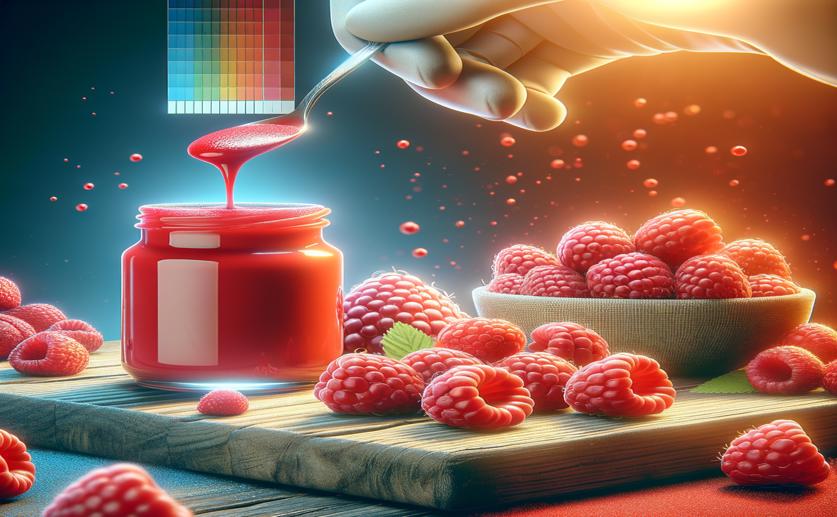
Fast Color Analysis of Red Raspberry Puree and Its Link to Antioxidant Levels
Jenn Hoskins
30th May, 2024

Image Source: Natural Science News, 2024
Key Findings
- Researchers at The University of British Columbia developed a high-throughput method to measure red raspberry puree color
- The study analyzed 551 raspberry puree samples using a colorimeter and the Tomato Analyzer Color Test (TACT)
- TACT measurements showed that darker raspberry colors corresponded with higher anthocyanin content
- TACT with 96-well plates allows for efficient, large-scale color measurement in raspberry breeding programs
References
Main Study
1) High-throughput color determination of red raspberry puree and correlation of color parameters with total anthocyanins.
Published 30th May, 2024
Journal: Plant methods
Issue: Vol 20, Issue 1, May 2024
Related Studies
2) Antioxidant and antiproliferative activities of raspberries.
Journal: Journal of agricultural and food chemistry, Issue: Vol 50, Issue 10, May 2002
3) Characterization of red raspberry (Rubus idaeus L.) genotypes for their physicochemical properties.
4) Nonsense Mutation Inside Anthocyanidin Synthase Gene Controls Pigmentation in Yellow Raspberry (Rubus idaeus L.).



 24th April, 2024 | Greg Howard
24th April, 2024 | Greg Howard